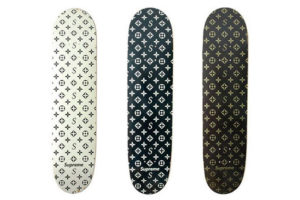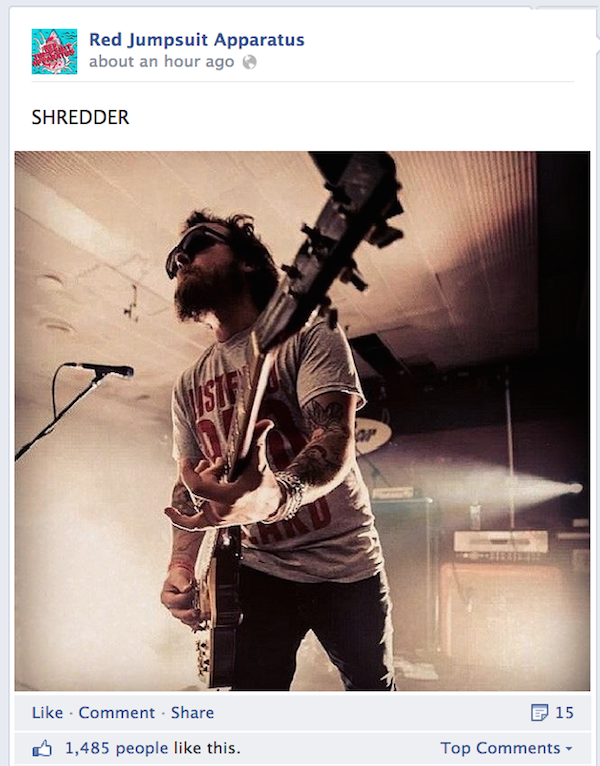
Over the past decade, the New York-based skateboarding and streetwear brand Supreme has grown at an astounding rate and to an incredible size. Nowadays, practically anyone can recognize the classical white on red box logo that portrays the company’s image. In its early stages, Supreme was viewed as a very niche brand with a small but dedicated following. Today it has transformed into a billion-dollar company where collectors are willing to spend hundreds of thousands to acquire some of the most sought-after pieces. However, rarely is it ever talked about or acknowledged that Supreme has fueled their rapid development and growth off of blatant piracy and copyright infringement.

Founded in 1994 by James Jebbia, the Supreme logo has become one of the most easily recognizable brand logos of the past decade. The design is simple, the red color grabs your attention, and it is easy to remember. What few know however is the style of this logo is a blatant copy of conceptual artist Barbra Kruger. Kruger’s artistic style is defined by the use of black-and-white photographs overlaid with captions that utilize the Futura Bold Oblique or Helvetica Ultra Condensed typeface in white with a red background. When compared side by side it’s easy to see just how similar this iconic brand’s logo is to Kruger’s work.
What’s more, is that many of the pieces sold by Supreme are obvious copies of original artwork. A prominent example was seen just a few years ago when the company used the Farmland Foods logo and design and simply replaced the text with “Supreme.” Of course, when they released this product it sold out almost immediately and they never acknowledged that they had ripped this logo and design from another business. Other instances include the use of elements from Salvador Dali’s renowned painting The Persistence of Memory. Here we can see that Supreme utilizes the melting clocks from this painting with no credit or compensation to the original artist.

One of the most interesting cases occurred back in 2000 when Supreme was still a fairly new and small brand. Known as a skateboarding brand, one of their most popular products was obviously skate decks. So as a part of one of their collections, they released 3 colors of a skate deck with a design that at first glance appears to be Louis Vuitton’s famous monogram pattern. This caught the attention of many as it was uncharacteristic for such a small company to blatantly break the trademark rights for such a large and well-established brand. Louis Vuitton immediately filed a cease and desist order against Supreme who attempted to recall the decks after they had already shipped them.

An altercation such as this between two renowned brands would likely destroy the possibility of them ever working together. However, this was not the case. In 2017 Supreme and Louis Vuttion launched a collaborative collection that consisted of dozens of pieces. It can be argued this was Supreme’s most famous and successful collection of all time with certain pieces reselling for tens of thousands of dollars.
Supreme’s disregard for many of the trademark and copyright rights that various companies and individuals hold can be seen in a variety of their pieces. However, they seem to have recognized that while committing such violations may hurt them in the short run, the attention and growth they receive from such actions can only benefit them in the long run.









